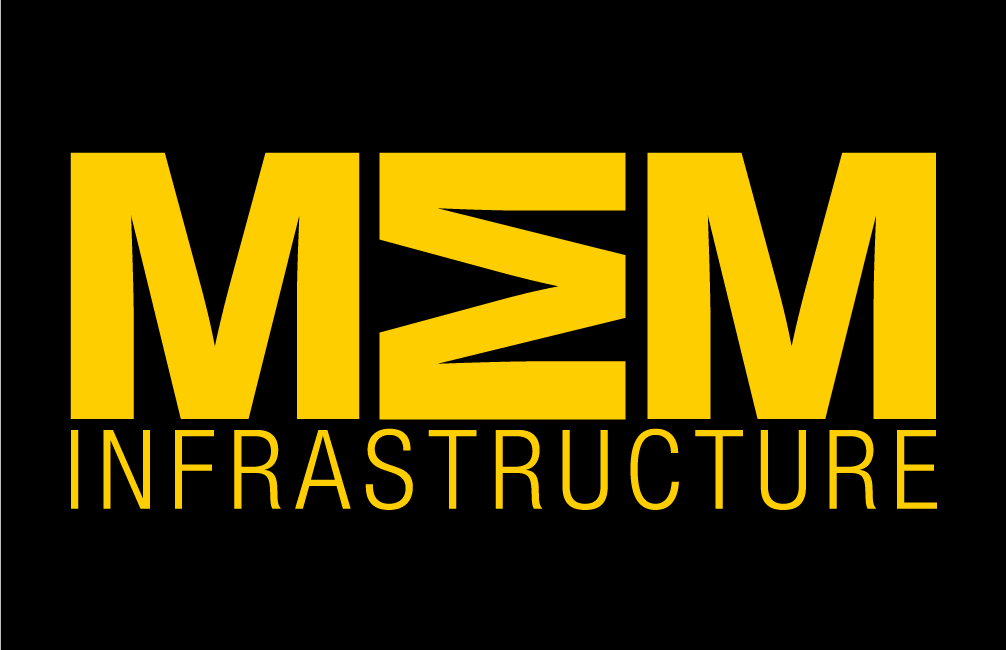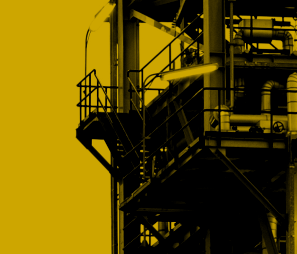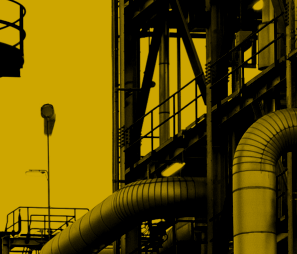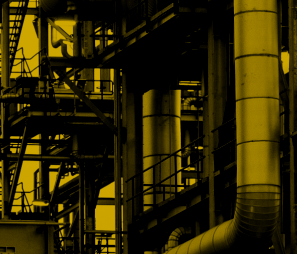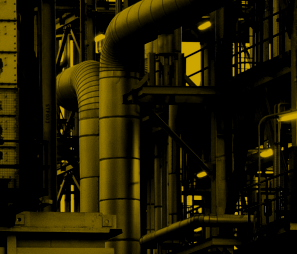With mining operations becoming increasingly automated, and heavy plant and equipment more expensive than ever to maintain or replace, the demand for efficiencies is intensifying. Even the most basic mining plant can cost upwards of $3 million, making the risk of collision crucial to avoid. Advanced sensor technologies such as radar and Lidar are at the forefront of this transformation.
However, as Sam Wood – industrial automation segment lead at the world’s leading specialists in mm-wave radar, Navtech Radar – explains, there is one vital but often overlooked factor in measuring capex return on investment – sensor maintenance.
It would be stating the obvious to say that mining automation today is no small investment. It can easily run into hundreds of millions of dollars, and the anticipated ROI it delivers in productivity, safety and bottom line have been key metrics for the world’s largest mines in the quest for full autonomy. Automation provides repeatability, predictability and safe operation, and unlike humans, they don’t get tired or lose productivity.
With the advance of automation has been a corresponding investment in advanced sensor technologies, whether it be for avoiding collisions or manoeuvring, handling and storing ore or dry bulk material. Modern industrial grade sensors enabling computer vision, are literally giving machines eyes where once they and their operators would have been blind, and at the same time providing a 360 understanding of ore content throughout the whole process. Lidar and radar technology have been at the heart of this process of discovery, and with that a greater understanding of their merits and strengths.
Humans, move over
While both radar and Lidar technologies offer distinct advantages, their maintenance requirements differ significantly. To achieve full autonomy where so much is being invested in taking humans out of the loop, something must give to ensure they are not brought back into it at another stage of the production lifecycle.
Reliance upon humans to keep machines operating is itself a risk, because we are flawed – unlike our autonomous counterparts. We get sick, we forget, we get things wrong. And the problem that then appears is that we find ourselves being placed back into the potentially dangerous situations we were being extracted from in the first place. All this equates to downtime, and downtime means loss of productivity, safety and revenue. Let me explain.
The case for Lidar
Lidar sensors are highly valued for their precision and ability to generate detailed 3D maps of their surroundings. These make them incredibly useful in a variety of mining applications, from vehicle autonomy to monitoring structural integrity.
Lidar may seem first because of its precision and occasionally its lower upfront costs. In environments where short-term budget constraints are a concern, or where extreme precision is required for specific non-mission-critical tasks – such as surveying in mining or modelling a tunnel, Lidar is a viable option. For instance, flying a drone with a lidar to scan a mine can happen at any time; if it rains you simply wait for a dry moment to appear. However, for operational processes like ship loaders and crushers there is no option for them not to work as they are mission critical to the entire operation of the mine. And this is why the need for regular cleaning, particularly in harsh environments such as ship loader booms, crushers or open-pit mines, presents a significant drawback. It not only introduces substantial overhead costs, but erodes ROI especially as dirt, dust and debris quickly obscures vision and accuracy. And this is where a requirement for manual and regular cleaning of sensors (by tired, stressed and often distracted operators) comes back into the automation loop that I referred to earlier. Just how automated to we really want to be? It is precisely the requirement for high levels of availability of sensor data that makes radar so valuable.
The case for radar
Conversely, radar sensors offer a ‘fit & forget’ solution that is particularly well-suited to rugged and dusty environments typical of mining operations. Radar technology is inherently more robust and less susceptible to interference from environmental factors, negating altogether the requirements of Lidar for regular cleaning to maintain consistency of performance.
The absence of a requirement for ongoing maintenance translates into other advantages too. First, it reduces the total cost of ownership, as there are no recurrent maintenance expenses to account for. Second, it minimises operational downtime, ensuring continuous operation without the interruptions that cleaning schedules require. Finally, radar’s reliable performance in adverse conditions ensures that the expected ROI from automation remains intact and can even improve over time. The consistency of the data also leads to less recalibrations over time and less needs for software to change with varying conditions.
As the mining industry evolves, the focus on optimising safety (and with that, productivity) will only intensify. Radar technology offers a strategic pathway to future-proofing mining automation by eliminating recurrent maintenance demands. The push towards unmanned transportation and autonomous mining operations, particularly in regions such as China where the market is rapidly expanding, underscores the importance of choosing the right sensor technology.
Between 2020 and 2025, a key period for the construction and implementation of autonomous systems in Chinese mining areas, the market volume is expected to reach as high as 100 billion yuan (approximately £10,686,870,000). Similarly, a 2022 report from Deloitte, focusing upon how AI can positively impact preventative maintenance in the mining sector, found that poor maintenance strategies are reducing a plant’s productivity by between 5% and 20% – costing industrial manufacturers an estimated $50billion (approximately £37.5billion) each year.
The importance of mining autonomy doesn’t just end at the bottom line. To maximise productivity and satisfy growing demands for ore is to help drive the world’s economies and increase safety especially in developing nations’ mining operations. W-band radar offers a simplified and cost-effective solution. Its ability to perform reliably without the need for regular maintenance allows them to be installed in locations where physical access might be difficult or costly. The absence of time delays or operational impacts due to sensor maintenance further enhances their appeal. In short, radar is a ‘fit and forget’ technology that provides a clear pathway to maximising ROI in mining automation. In short, mm-wave should be on everyone’s radar.
Manufacturing & Engineering Magazine | The Home of Manufacturing Industry News


